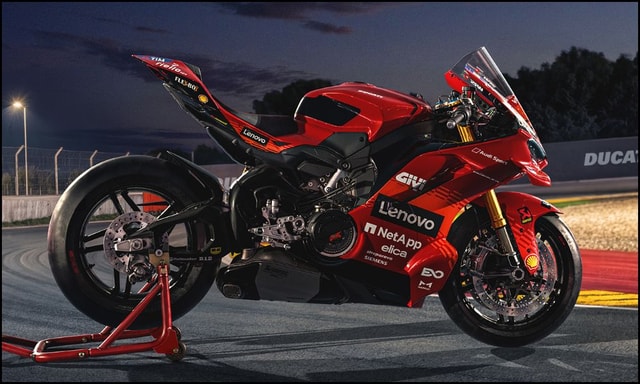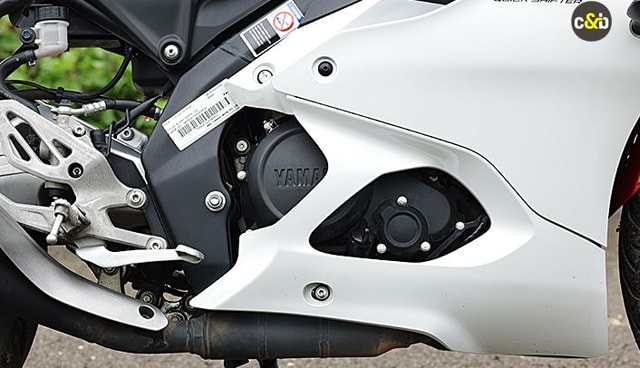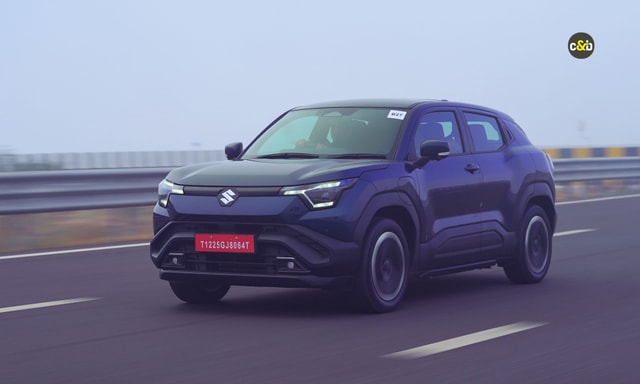Western Governments Struggle To Agree On Russian Oil Price Cap
Western governments want to set a maximum purchase price for Russian oil on the world market to limit Moscow’s ability to raise money for its war on Ukraine.
The plan is meant to punish Russia while at the same time keeping its vast petroleum exports flowing to energy-starved global markets to tamp down inflation.
But so far, the countries have failed to agree on what the price limit should be, reflecting divisions over how badly the scheme should seek to hurt Moscow.
The clock is ticking.
If they can’t reach a deal by Dec. 5, an outright ban on Russian imports into the European Union will take effect, crimping supplies heading into peak winter heating season.
Here is what you need to know:
WHO'S IN THE PRICE CAP COALITION?
The Group of Seven (G7) wealthy nations -- the United States, Japan, Germany, Britain, France, Italy and Canada -- and the EU are hammering out details of the plan.
The G7 had proposed the idea because Russia supplies 10% of the world's oil and losing it would shock the global market.
The EU had earlier agreed to impose an outright ban on Russian oil imports starting Dec. 5. But with the bloc suffering with thin inventories and high prices heading into winter, governments want to sidestep the ban.
The United States also imposed an outright ban on Russian oil imports after Russia invaded Ukraine, and it intends to keep that in place regardless of whether a price cap is agreed.
WHAT IS THE PRICE UNDER DISCUSSION?
The G7 has proposed a cap in the range of $65-70 per barrel. But the EU can’t find consensus.
Poland, Lithuania and Estonia have been pushing for a price cap that is much lower - $30 per barrel - arguing that anything higher provides Moscow too much profit.
Other nations think that level is too low.
Global benchmark oil prices are currently around $85 a barrel with Russian crude already trading at a steep discount at around $63.50.
Russia’s cost of production for oil is estimated at around $20 a barrel.
HOW WOULD IT WORK?
The plan - if it is ever finalized - would require participating countries to deny Western-dominated services including insurance, finance, and brokering cargoes priced above the cap.
The scheme would apply to all Russian oil cargoes loaded after 12:01 a.m. EST (0501 GMT) on Dec. 5, and docking after Jan. 12, according to recent guidance from the U.S. Treasury Department.
The U.S. guidance further sketched out which types of companies would be obligated to participate in the cap plan. They include trading and commodities brokers, and companies involved in financing, shipping, insurance, flagging, and customs brokering.
While U.S. companies would be allowed to handle Russian cargoes priced at or below the cap, those cargoes would still be banned from U.S. shores.
IS IT ENFORCEABLE?
G7 officials believe the plan would work because the London-based International Group of Protection & Indemnity Clubs provides marine liability cover for about 95% of the global oil shipping fleet.
But traders point to parallel fleets that can handle Russian oil using Russian and other non-Western insurance. It remains uncertain how many ports around the world will accept Russian-insured ships.
The plan could backfire in other ways too.
Russian President Vladimir Putin has said Russia will withhold exports to countries that enforce the cap, something that could undermine the plan’s intention of keeping Russian oil flowing to the EU.
Trending News
 1 min readYamaha YZF-R2 Name Trademarked In India
1 min readYamaha YZF-R2 Name Trademarked In India
Latest News
 Jaiveer Mehra | Dec 21, 2025New Limited-Run Ducati Panigale V4 Marquez 2025 World Champion Replica RevealedSpecial edition Panigale V4 commemorates Marc Marquez's 2025 MotoGP Rider’s title.1 min read
Jaiveer Mehra | Dec 21, 2025New Limited-Run Ducati Panigale V4 Marquez 2025 World Champion Replica RevealedSpecial edition Panigale V4 commemorates Marc Marquez's 2025 MotoGP Rider’s title.1 min read car&bike Team | Dec 21, 2025KTM To Host First Adventure Rally In India In Feb 2026KTM also announced a third season of its KTM Cup for India, which commences in January 2026.1 min read
car&bike Team | Dec 21, 2025KTM To Host First Adventure Rally In India In Feb 2026KTM also announced a third season of its KTM Cup for India, which commences in January 2026.1 min read car&bike Team | Dec 20, 2025KTM 390 Adventure R To Be Launched In January 2026Bookings for the KTM 390 Adventure R are expected to open very soon, wit deliveries beginning in January 2026.2 mins read
car&bike Team | Dec 20, 2025KTM 390 Adventure R To Be Launched In January 2026Bookings for the KTM 390 Adventure R are expected to open very soon, wit deliveries beginning in January 2026.2 mins read car&bike Team | Dec 20, 2025BMW Motorrad India To Hike Prices By Up To 6 Per Cent From 2026The price hike will come into effect from January 1, 2026, and will be across the range of BMW two-wheelers and is due to the rupee’s sharp depreciation.1 min read
car&bike Team | Dec 20, 2025BMW Motorrad India To Hike Prices By Up To 6 Per Cent From 2026The price hike will come into effect from January 1, 2026, and will be across the range of BMW two-wheelers and is due to the rupee’s sharp depreciation.1 min read car&bike Team | Dec 19, 2025Next-gen Audi Q3 Spied In India Ahead Of Launch In 2026Third-gen Q3 made its global debut in mid-2025, getting notable tech upgrades and electrified powertrain options.2 mins read
car&bike Team | Dec 19, 2025Next-gen Audi Q3 Spied In India Ahead Of Launch In 2026Third-gen Q3 made its global debut in mid-2025, getting notable tech upgrades and electrified powertrain options.2 mins read car&bike Team | Dec 19, 2025Yamaha YZF-R2 Name Trademarked In IndiaThe Yamaha R15, one of Yamaha India’s most popular motorcycle models, is likely to continue, even when the R2 finally makes it debut.1 min read
car&bike Team | Dec 19, 2025Yamaha YZF-R2 Name Trademarked In IndiaThe Yamaha R15, one of Yamaha India’s most popular motorcycle models, is likely to continue, even when the R2 finally makes it debut.1 min read
 Bilal Firfiray | Dec 19, 2025Maruti Suzuki e-Vitara Review: Worth The Wait?After a long wait, the first-ever electric Maruti Suzuki is here. It’s the e-Vitara, and it comes with a few promises. But arriving this late, is it worth the wait? Or is it a case of too little, too late?9 mins read
Bilal Firfiray | Dec 19, 2025Maruti Suzuki e-Vitara Review: Worth The Wait?After a long wait, the first-ever electric Maruti Suzuki is here. It’s the e-Vitara, and it comes with a few promises. But arriving this late, is it worth the wait? Or is it a case of too little, too late?9 mins read Bilal Firfiray | Dec 18, 2025Mercedes-Benz G450d: The Subtle Power of EvolutionThe Mercedes-Benz G 450d evolves subtly with more power, improved efficiency, and modern tech, while staying true to the timeless G-Class design. And character.4 mins read
Bilal Firfiray | Dec 18, 2025Mercedes-Benz G450d: The Subtle Power of EvolutionThe Mercedes-Benz G 450d evolves subtly with more power, improved efficiency, and modern tech, while staying true to the timeless G-Class design. And character.4 mins read Janak Sorap | Dec 11, 2025Harley-Davidson X440 T First Ride Review: Smarter and SharperHarley-Davidson has taken the X440 and given it a more focused and engaging twist. The result is the X440 T—essentially the same platform but updated in areas that give the motorcycle more appeal and riders more thrill.5 mins read
Janak Sorap | Dec 11, 2025Harley-Davidson X440 T First Ride Review: Smarter and SharperHarley-Davidson has taken the X440 and given it a more focused and engaging twist. The result is the X440 T—essentially the same platform but updated in areas that give the motorcycle more appeal and riders more thrill.5 mins read Shams Raza Naqvi | Dec 10, 20252025 Mini Cooper Convertible Review: More Colour On Indian RoadsThe updated Mini Cooper Convertible is set to be launched in the Indian market in the next few days. We drive it around Jaisalmer for a quick review.5 mins read
Shams Raza Naqvi | Dec 10, 20252025 Mini Cooper Convertible Review: More Colour On Indian RoadsThe updated Mini Cooper Convertible is set to be launched in the Indian market in the next few days. We drive it around Jaisalmer for a quick review.5 mins read Preetam Bora | Dec 21, 20252025 Ducati Multistrada V4 S Review: Seriously Addictive!For 2025, the Ducati Multistrada V4 gets sharper, smarter and more sophisticated. We spent several days with the updated Multistrada V4 S to answer the big question – with a price tag north of Rs. 30 lakh, is it worth splurging?8 mins read
Preetam Bora | Dec 21, 20252025 Ducati Multistrada V4 S Review: Seriously Addictive!For 2025, the Ducati Multistrada V4 gets sharper, smarter and more sophisticated. We spent several days with the updated Multistrada V4 S to answer the big question – with a price tag north of Rs. 30 lakh, is it worth splurging?8 mins read





























































































































